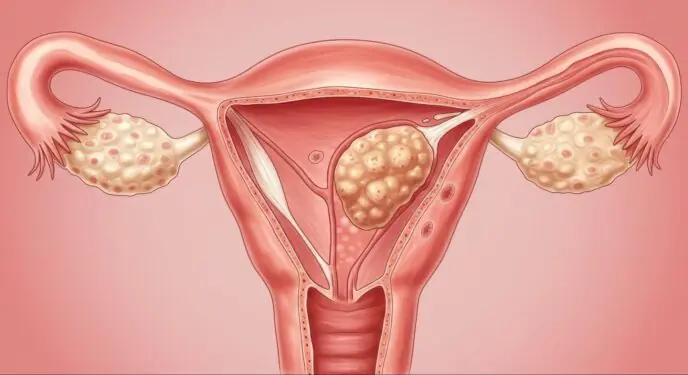
What Your Legs Can’t Say, Your Vagina Can — The Truth About the Female Body Most People Don’t Know
When it comes to the female body, few parts are as misunderstood—and surrounded by myths—as the v:agina. Too often mislabeled, oversimplified, or even ignored in everyday conversations, this essential organ plays a central role in reproduction, intimacy, hormonal balance, and the natural aging process. While body posture or leg alignment might say something about your physical structure, it is your v:agina that reveals deeper insights into your overall health.
This guide takes you into the fascinating world of the v:agina—what it truly is, what it isn’t, how it functions, how it changes over time, and why it deserves both proper care and respect.
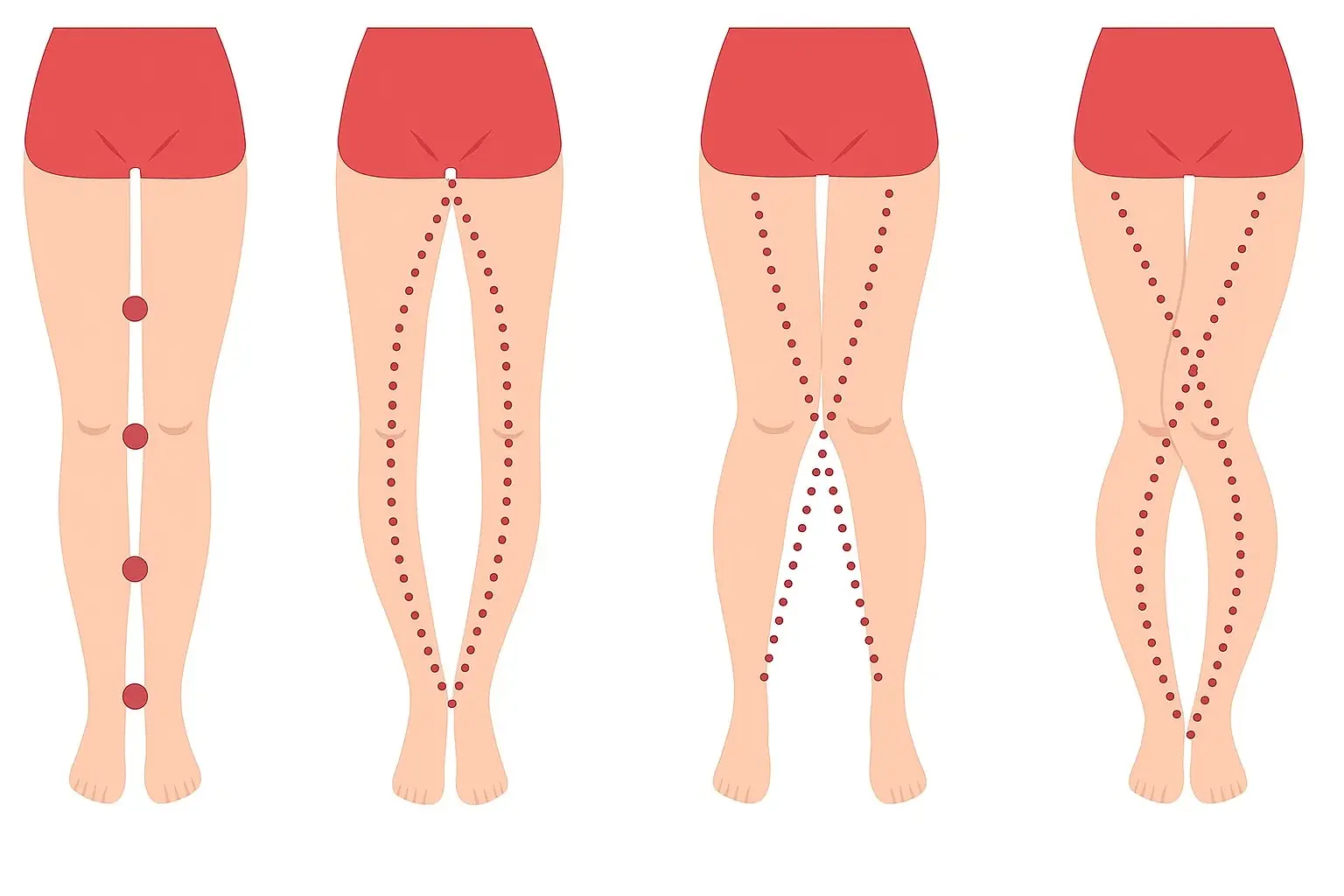
Getting the Terminology Right: Vulva vs. v:agina
One of the biggest misconceptions is using “v:agina” to describe the entire female genital area. In fact:
- The vulva refers to the external part of the genitals. This includes the inner and outer labia, the clitoris, the urethral opening, and the v:aginal entrance.
- The v:agina is the internal muscular canal that connects the vulva to the cervix.
Understanding this difference is not just about word choice—it’s about knowing how your body works and how to take care of it.
What Exactly Is the v:agina?
The v:agina is a muscular, flexible canal—usually 7–12 cm in length—that connects the cervix (the opening of the uterus) with the outside world. It serves multiple key purposes:
- Reproduction: Receives sperm during intercourse and acts as the birth canal during childbirth.
- Menstruation: Provides the passage through which menstrual blood exits the body.
- Health management: A route for applying medications, hormonal creams, or contraceptive devices for targeted effects.
Its design allows it to adapt to an incredible range of functions—from comfortably holding a tampon to stretching enough to deliver a baby.
Anatomy: More Than Just a “Tube”
While often simplified, the v:agina is far from being just a hollow channel:
- Collapsible walls: In a relaxed state, the walls rest against each other like an accordion, preventing objects like tampons from falling out.
- Rugae (folds): Allow the v:agina to expand during intimacy and childbirth.
- Mucosal lining: Similar to the inside of your mouth, this lining helps keep the area moist and protected.
- Muscle & elasticity: Layers of muscle and elastic fibers ensure strength, flexibility, and resilience.
How the v:agina Changes Over Time
Like every part of the body, the v:agina goes through natural changes throughout life:
- Puberty & menstruating years: High estrogen keeps the lining thick, elastic, and well-lubricated.
- Pregnancy: Increased blood flow and tissue relaxation prepare the v:agina for childbirth.
- Postpartum recovery: After delivery, it stretches significantly but usually regains form within 6–12 weeks.
- Menopause: Lower estrogen levels lead to thinner walls, dryness, and less natural lubrication, which may cause discomfort or increased risk of irritation.
Despite these changes, the v:agina remains one of the body’s most adaptive and self-healing organs.
The Menstrual Cycle and v:aginal Shifts
Your v:agina also responds to hormonal changes during each cycle:
- Rising estrogen thickens the v:aginal walls and softens the cervix.
- Around ovulation, the cervix opens, and discharge becomes clear and stretchy to aid fertility.
- Afterward, the cervix lowers, closes, and discharge may appear cloudy or sticky.
These shifts are completely normal and show that your reproductive system is in harmony with your hormones.
Myths vs. Facts
Let’s clear up some of the most persistent misconceptions:
- Myth: The v:agina is always open.
- Fact: It is normally closed, only expanding when needed.
- Myth: All v:aginas look and feel the same.
- Fact: Just like faces, each is unique in size, shape, and elasticity.
- Myth: A “loose” v:agina means too much sexual activity.
- Fact: Tightness depends on pelvic floor muscle tone, not sexual history.
Why This Knowledge Matters
Understanding the v:agina is about more than science—it’s about empowerment. Knowing how it functions and changes enables women to:
- Recognize early signs of imbalance or illness
- Advocate for proper medical care
- Understand fertility cycles
- Embrace intimacy without fear, shame, or misinformation
Final Thoughts: The v:agina Is Resilient and Powerful
From menstruation to motherhood and beyond, the v:agina plays an irreplaceable role in a woman’s health and well-being. It is strong, adaptive, and deeply connected to every stage of life. Learning the facts not only helps with self-care but also breaks down harmful myths that silence conversations.
Whether you’re a teenager, a new mother, or navigating menopause, it’s never too late to understand and celebrate your body. The more we talk openly about v:aginal health, the more empowered and informed women everywhere will be.
News in the same category

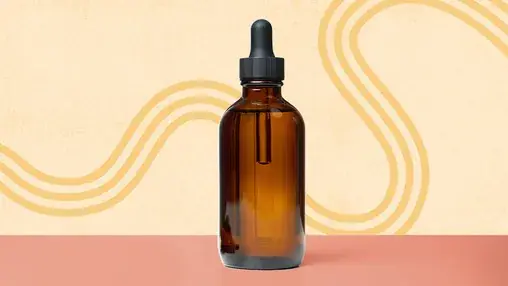
Parasite Cleanses: Do They Really Improve Your Gut Health — and Are They Safe?

8 Teas to Drink for a Healthier Body and Mind
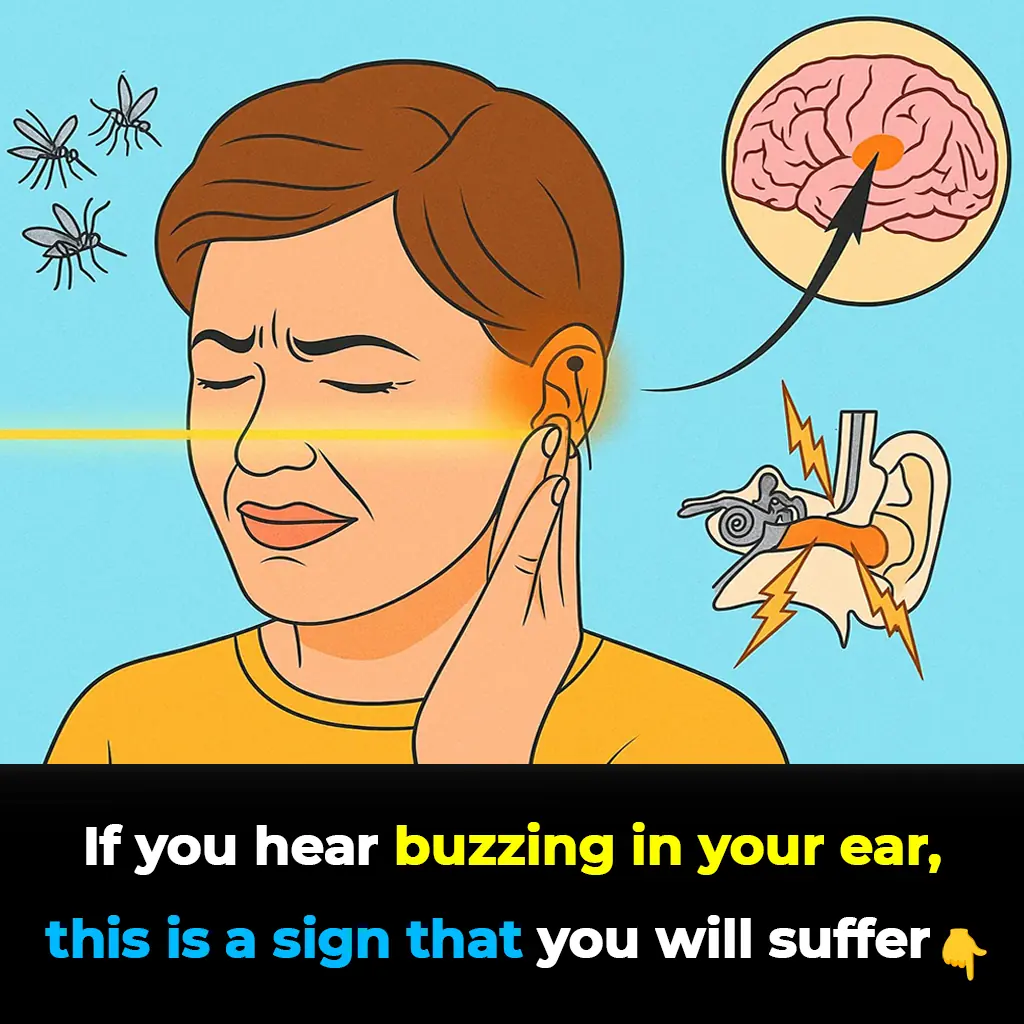
The Hidden Truth About Tinnitus: Why That Ringing in Your Ears Shouldn’t Be Ignored
Over time, repeated noise trauma damages tiny hair cells inside the cochlea, which cannot regenerate, resulting in permanent hearing changes and tinnitus.

DIY Turmeric & Ginger Shots to Fight Inflammation, Boost Immunity & Soothe Your Gut

Coconut water: Is It Good for You, Nutrition, Benefits, Side Effects (Science Based)
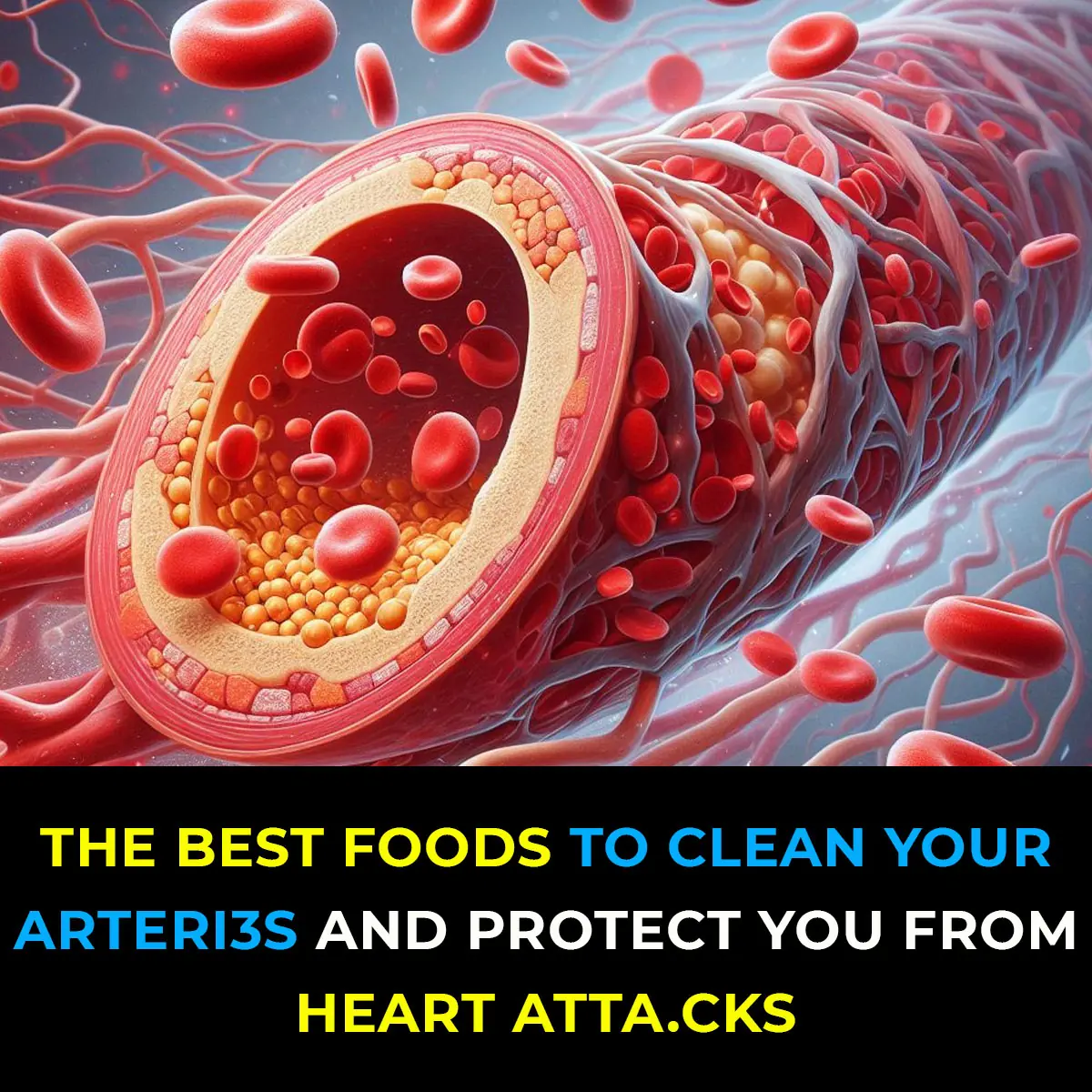
Clean Arteries: 10 Foods to Eat Daily
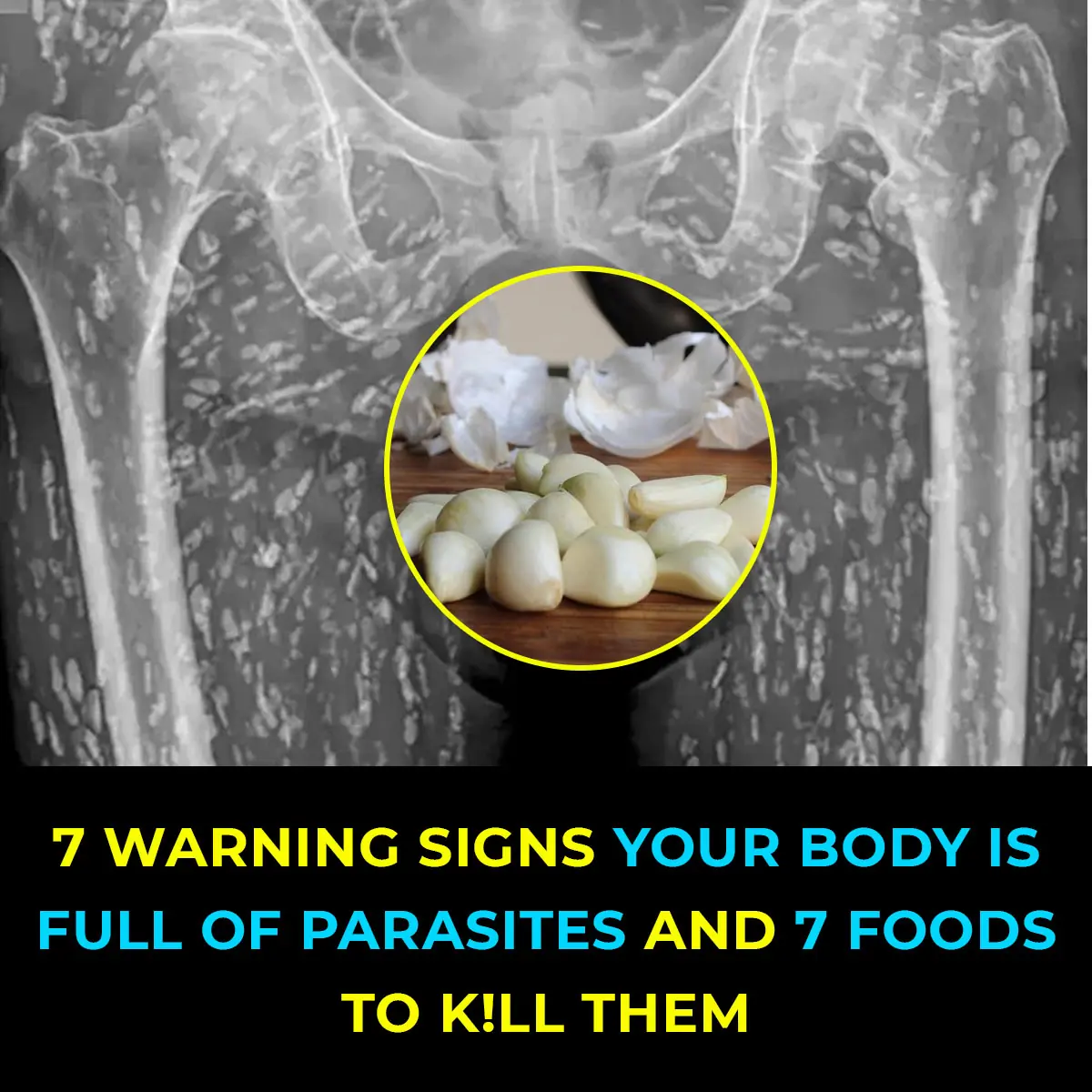
10 Warning Signs of Parasites in Your Body
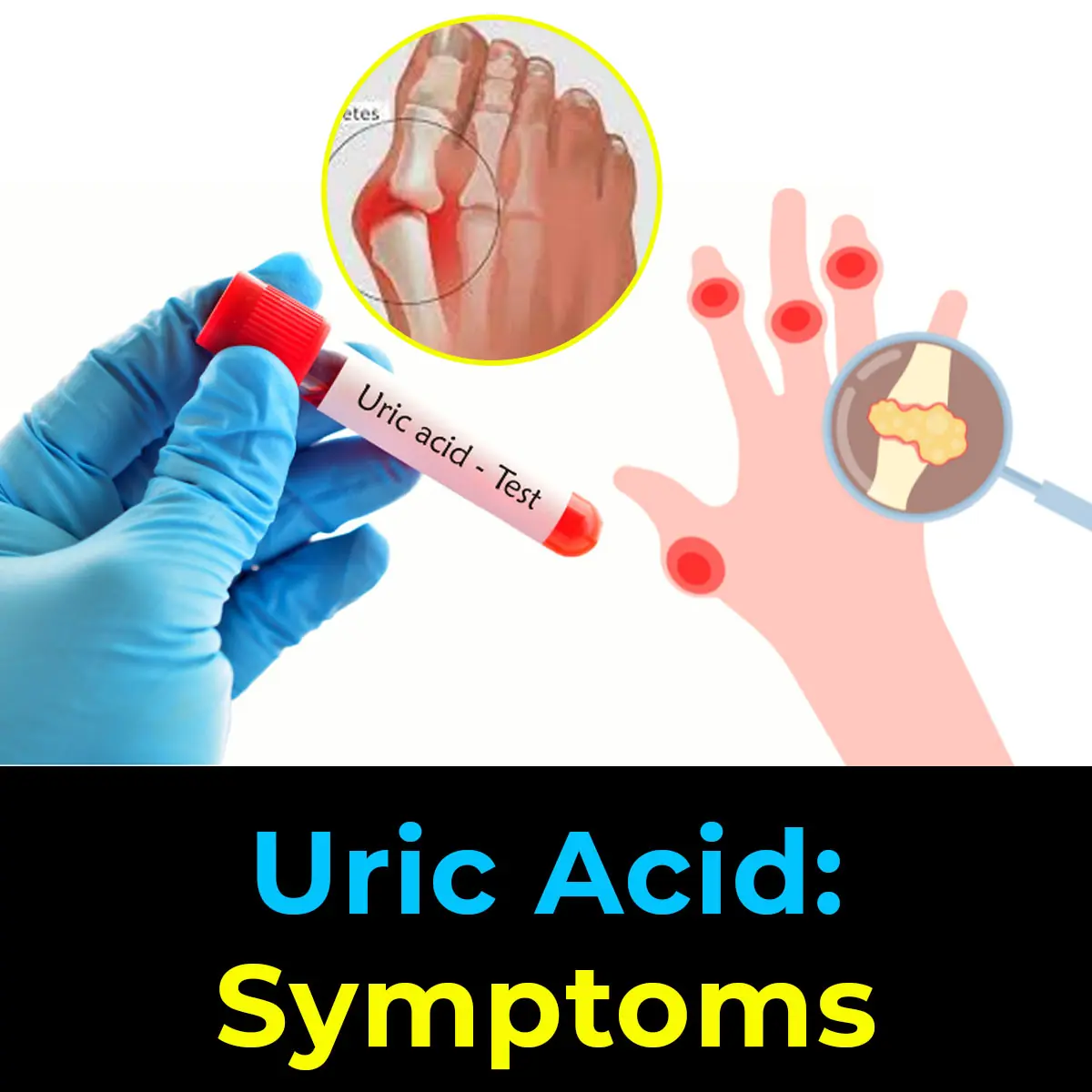
Diet and Uric Acid: Foods to Avoid for Gout Prevention
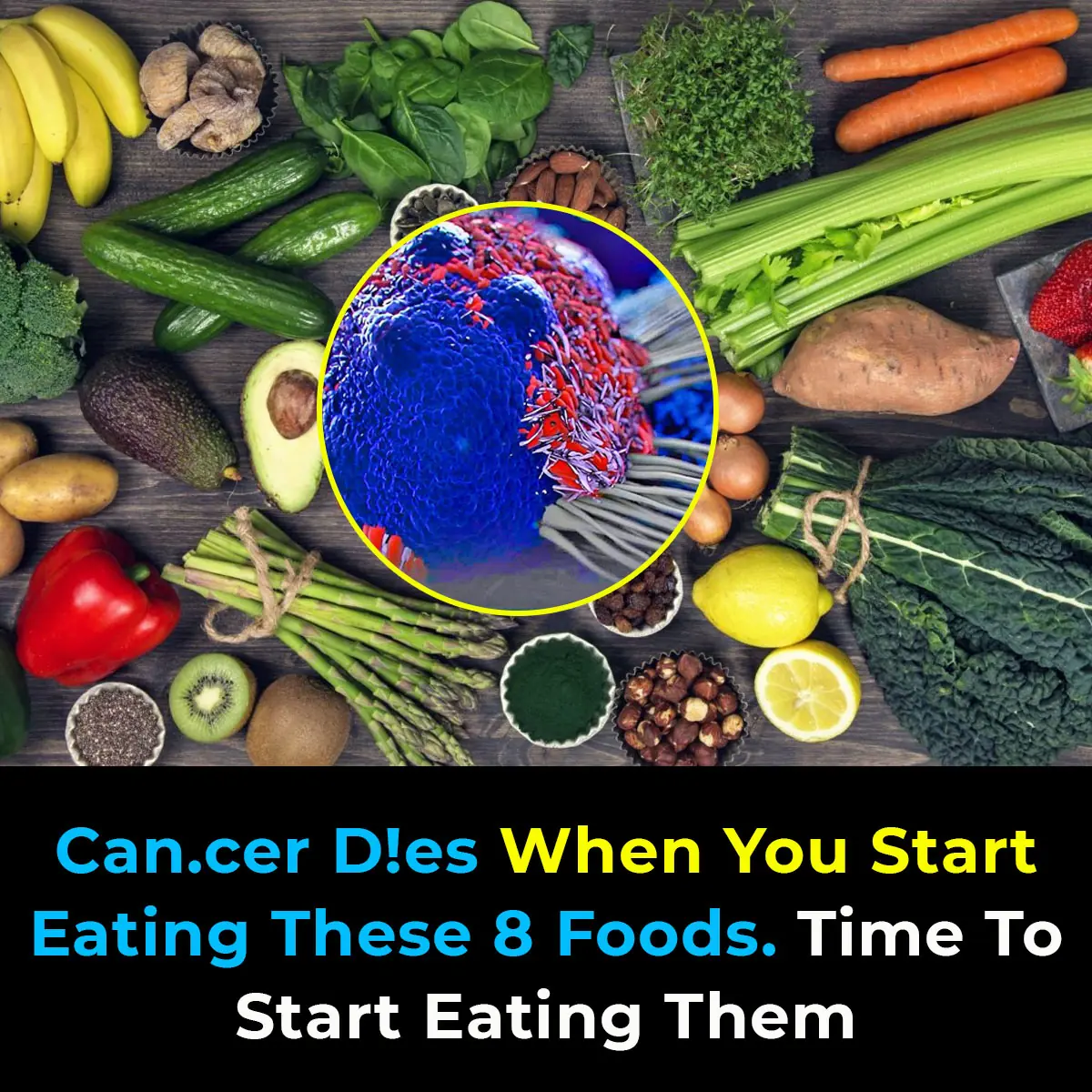
8 Foods That Help Eliminate Cancer Cells
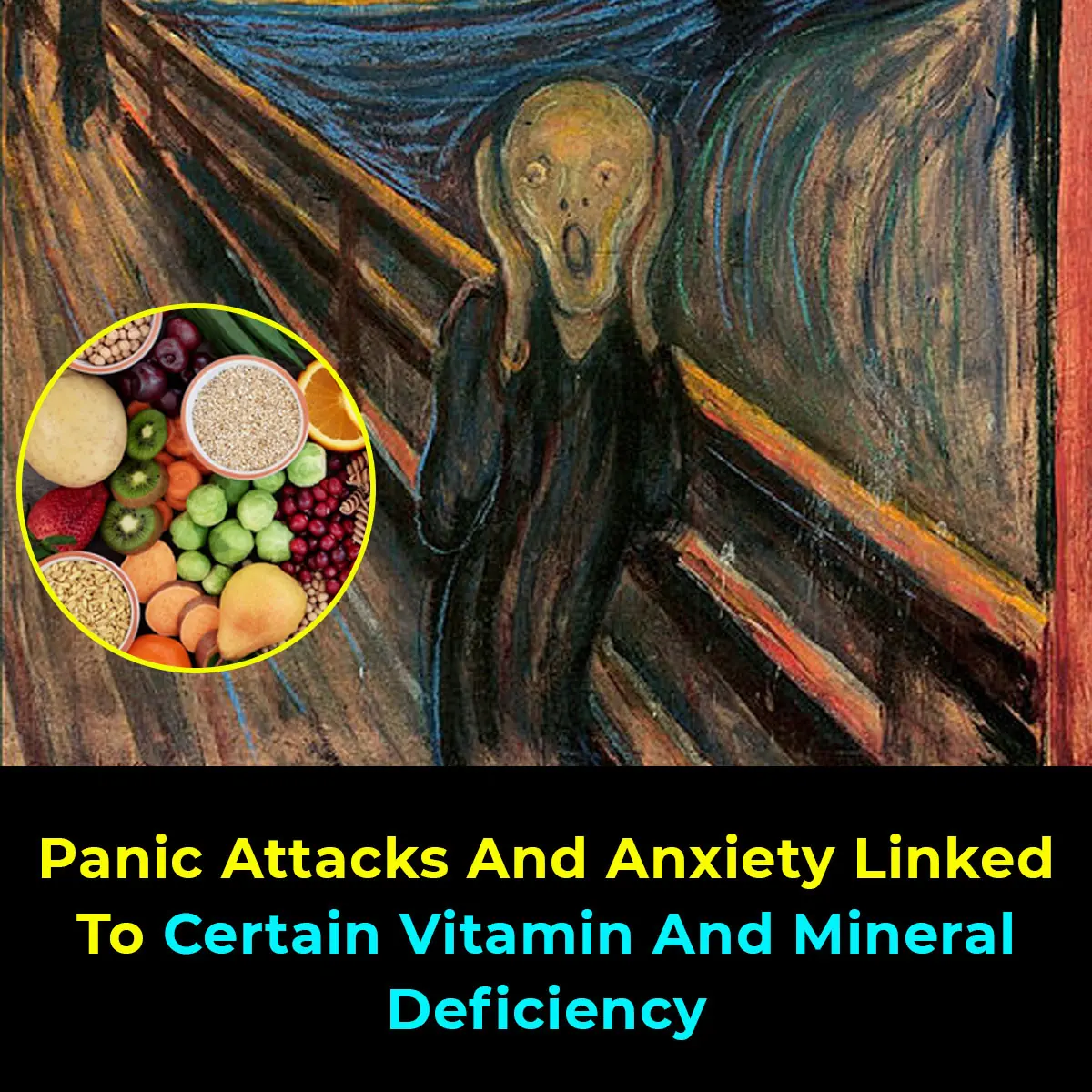
The Deficiency of These Vitamins Contributes to Panic Attacks
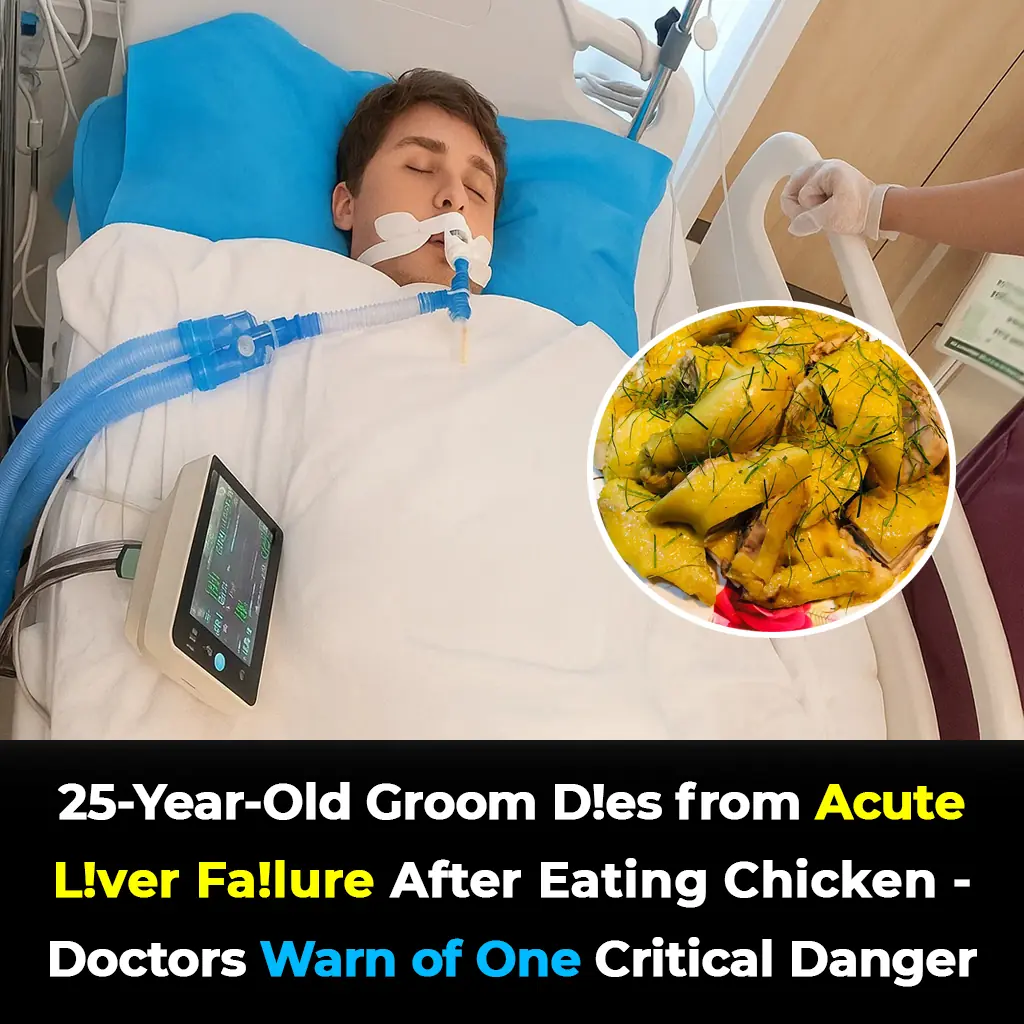
25-Year-Old Groom Dies from Acute Liver Failure After Eating Chicken – Doctors Warn of One Critical Danger!
Doctors caution people with pre-existing liver conditions, weakened immune systems, or chronic illnesses to exercise extra care when handling poultry and other high-risk.
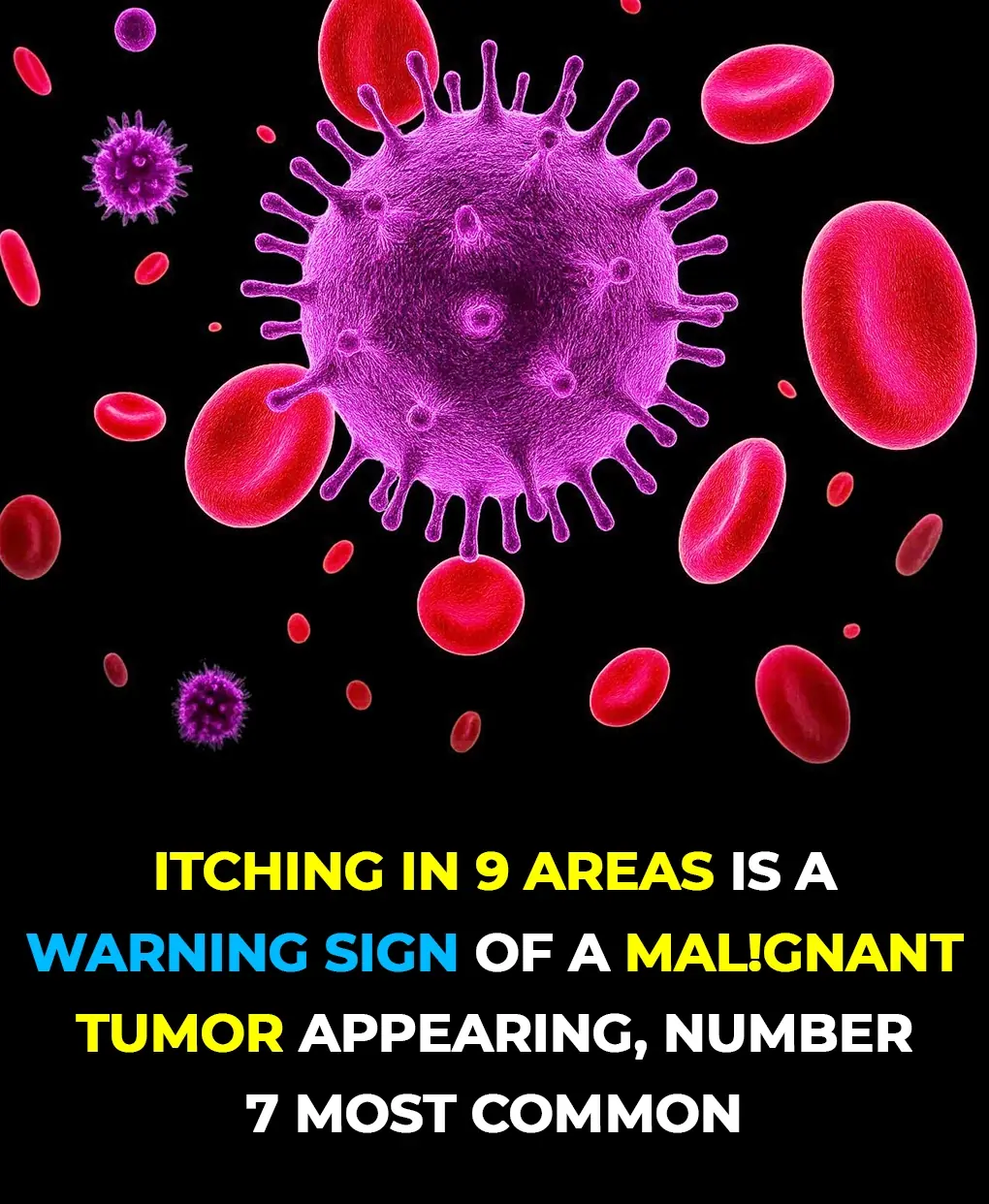
9 Areas Where Itching Could Signal Malignant Tumors — #7 Happens Most Often

The World’s Deadliest Food Kills 200 People Every Year — Yet 500 Million Still Eat It
Despite its deadly reputation, millions of people continue to eat this every day without issue.

Everything You Need to Know About Nighttime Urination And When To Start Worrying

Doctor Warns on TikTok: The Hidden Dangers of Kissing the Dying
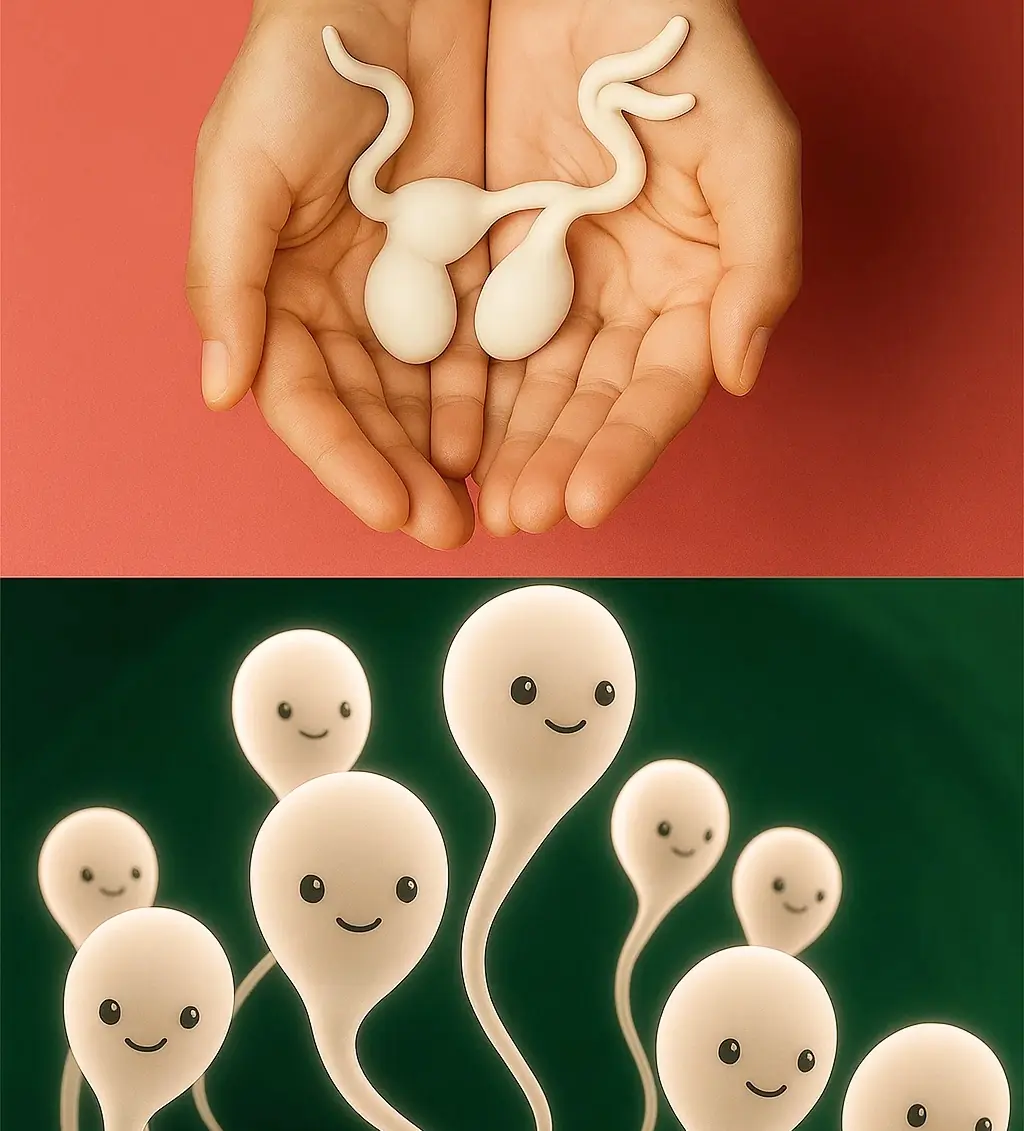
Boosting Fertility: The Surprising Power of Lifestyle on Semen Quality and Reproductive Health
In many cases, the most effective solutions are already within reach—on your plate, in your daily habits, and in the way you manage your mental well-being.
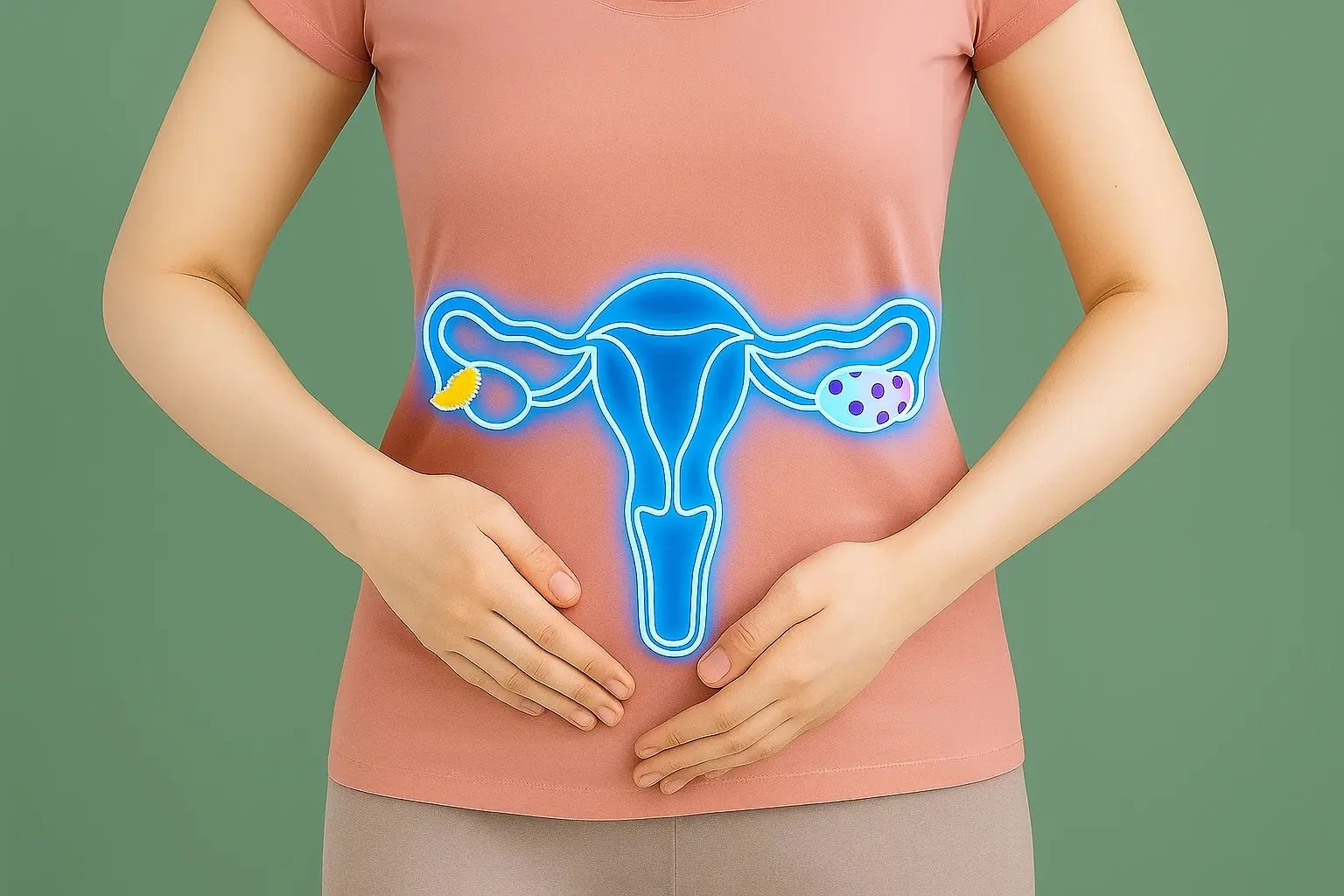
3 Dangerous Habits of Husbands That Secretly Put Their Wives at Higher Risk of Cervical Cancer
Cervical cancer doesn’t just come from genetics or lifestyle — sometimes, it’s fueled by a husband’s hidden habits. These three common behaviors may seem harmless, but they silently put wives at serious risk if not stopped in time.
News Post

7 Warning Signs You May Have Uterine Fibroids

Parasite Cleanses: Do They Really Improve Your Gut Health — and Are They Safe?

8 Teas to Drink for a Healthier Body and Mind

The Hidden Truth About Tinnitus: Why That Ringing in Your Ears Shouldn’t Be Ignored
Over time, repeated noise trauma damages tiny hair cells inside the cochlea, which cannot regenerate, resulting in permanent hearing changes and tinnitus.

DIY Turmeric & Ginger Shots to Fight Inflammation, Boost Immunity & Soothe Your Gut

Coconut water: Is It Good for You, Nutrition, Benefits, Side Effects (Science Based)

Clean Arteries: 10 Foods to Eat Daily

10 Warning Signs of Parasites in Your Body

Diet and Uric Acid: Foods to Avoid for Gout Prevention

Hiker Encounters Massive Snake Camouflaged Along South Carolina Creek

8 Foods That Help Eliminate Cancer Cells

David Quammen, the COVID Predictor Warns of New Pandemic Threats
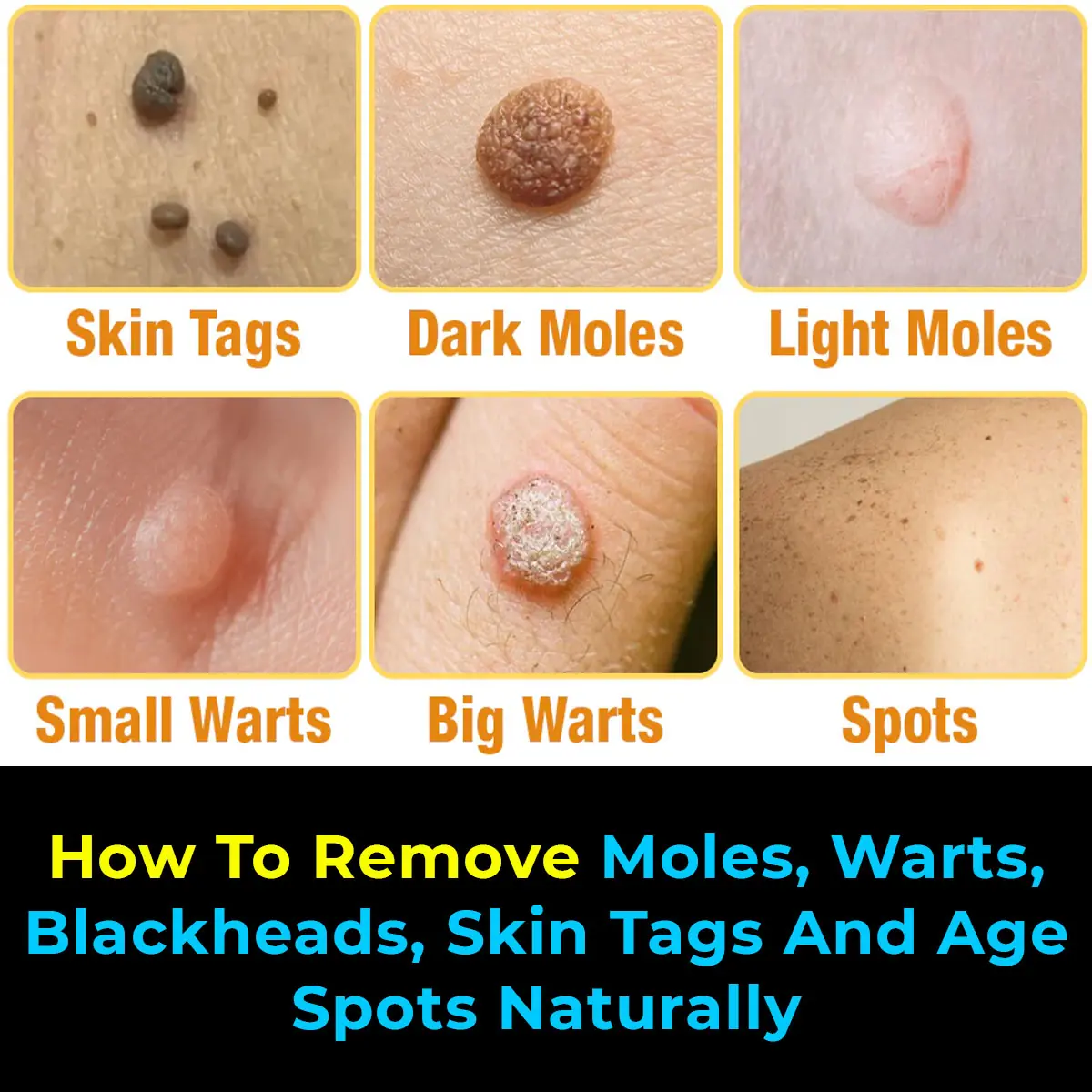
Natural Remedies to Address Skin Tags, Warts, and Blackheads
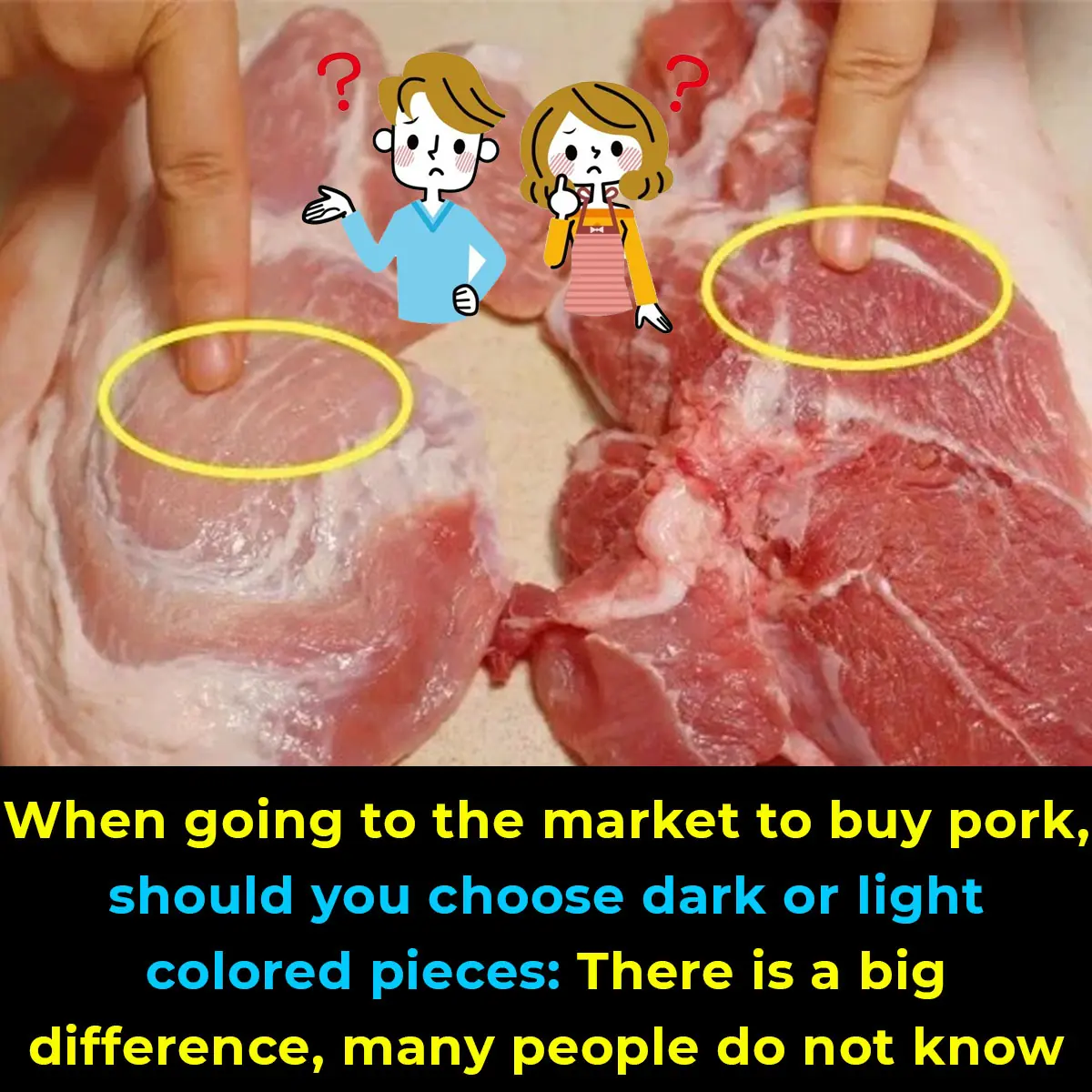
Tips for Selecting Fresh Pork at the Market

The Deficiency of These Vitamins Contributes to Panic Attacks

Researchers Find Higher Intelligence Is Correlated With Left-Wing Beliefs and Seems to Be Genetic
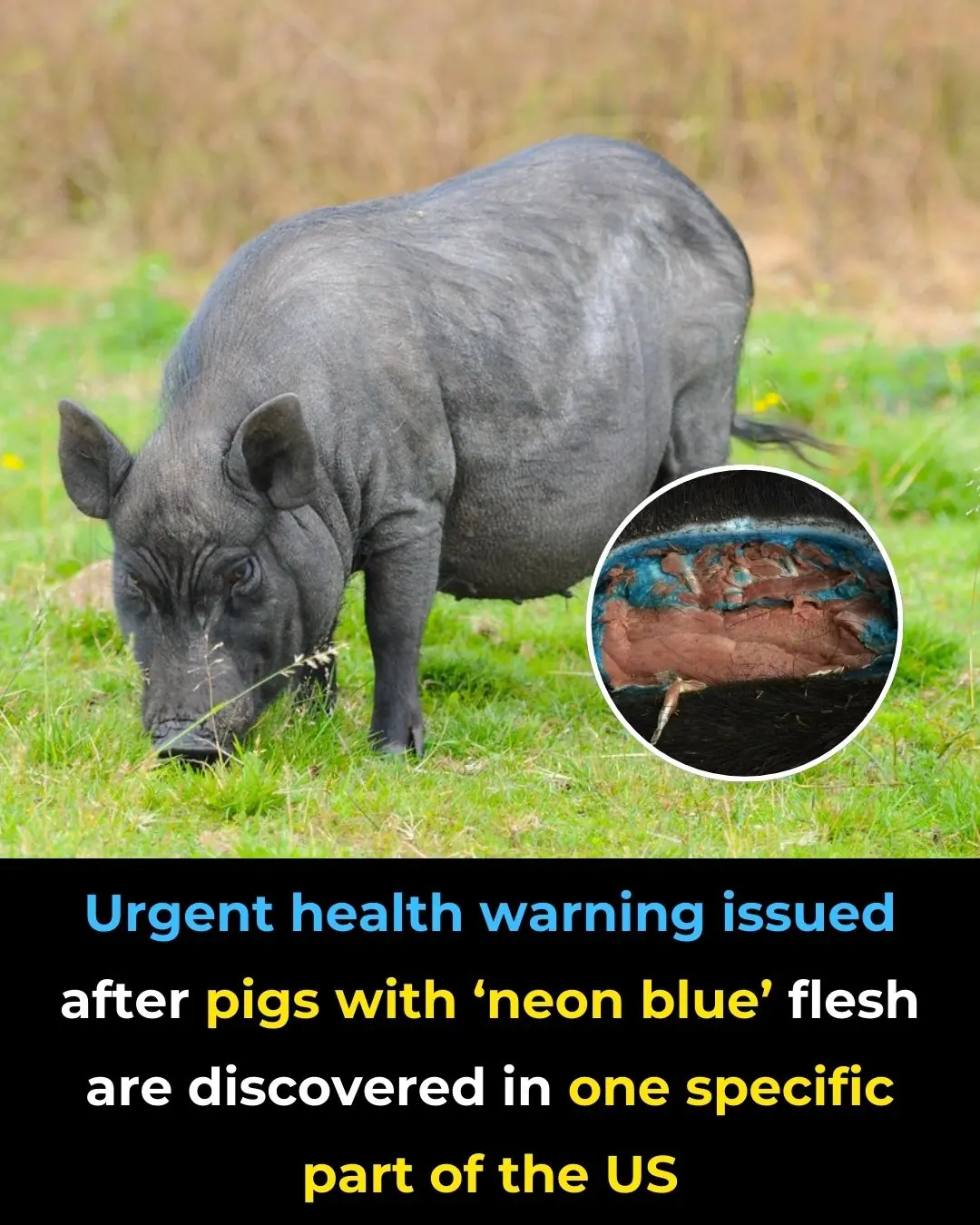
Urgent Health Warning Issued After Pigs With ‘Neon Blue’ Flesh Are Discovered in One Specific Part of the Us

25-Year-Old Groom Dies from Acute Liver Failure After Eating Chicken – Doctors Warn of One Critical Danger!
Doctors caution people with pre-existing liver conditions, weakened immune systems, or chronic illnesses to exercise extra care when handling poultry and other high-risk.
